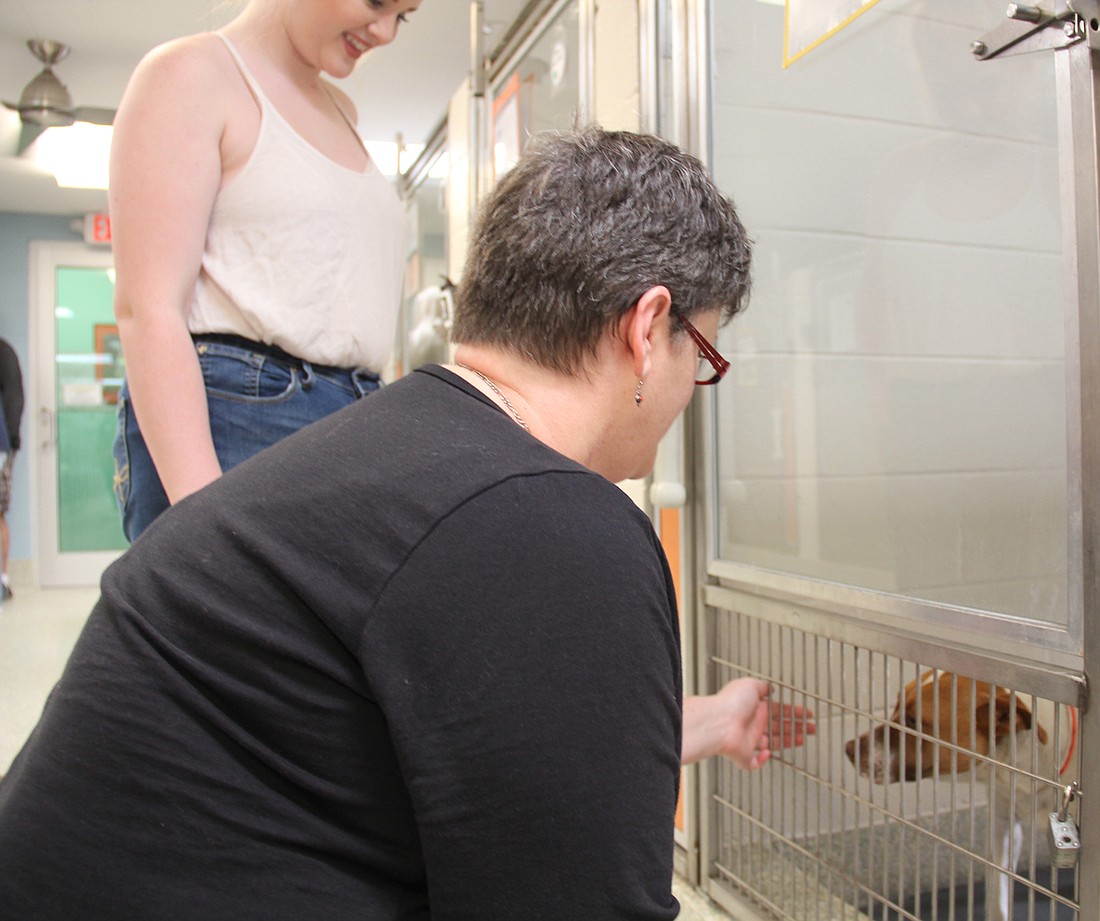- November 27, 2024
-
-
Loading

Loading

Dangerous dogs, bully breeds, pit bulls – these are an umbrella of terms to describe dogs that are considered a threat to society. There’s just one problem -- any dog with the proper motivation, lack of training or improper training can become a dangerous dog.
I talked with behavior consultant, dog trainer and former police officer James Crosby to try to make some sense out of the issue of “dangerous dogs,” and to see if there is anything we can do, short of banning breeds and euthanizing all of them.
Crosby described a dangerous dog as any dog, of any size and breed that has shown specific behavioral actions that have a likeliness to cause significant injury.
According to the Centers for Disease Control there are 20 to 30 dog bites that result in death in the U.S. every year.
“Seventy-six percent of human fatalities are children 12 and younger and most are six and younger,” Crosby said.
Crosby explained that the high percentage is proportional with the fact that the child is usually at face level with the animal. If the same dog bites an adult it will probably be on an arm, leg or buttocks.
Crosby took part in a University of Florida study where photos (taken from all angles) of 117 different dogs were presented to dog professionals, including veterinarians and animal control officers, for identification.
“We got 25% right by looking at the photos,” Crosby said. “These were experienced dog professionals. DNA samples had been sent out and most of the dogs were mixed breeds.”
Crosby would like to see dogs judged on their behavior and not what they look like.
“You could be walking down a street in New York City and see a guy in a wheel chair wrapped in a blanket with his head tilted off to the side; and it could be a homeless man or it could be Steven Hawking waiting for his limo,” Crosby said.
If you are concerned about how your dog might act in public, a basket-style muzzle introduced with positive reinforcement may be the answer. The dog will come to see the muzzle and leash as a sign he is going for a walk.
Training, with a certified trainer, will also benefit the dog and owner.
“A true behaviorist is a veterinarian or someone with a PhD in applied animal behavior,” he said. “If you are looking for a trainer, they should be able to explain what training they are doing and why and always do the training in front of the owner.”
A charging dog can be stopped with a blast of pepper spray to the face or a loud starter's horn.
“I have never seen pepper spray not work,” Crosby said. “You can back away to a safe spot while the dog is rubbing his face. “
Whether a dog has interaction with you should be up to the dog. Children should ask the adult with them and the owner if they can pet a dog. If the answer is yes, it’s time to ask the dog by extending your hand and allowing the dog to close the gap. Interaction should be ultimately the dog’s decision whether it is with a child or an adult.